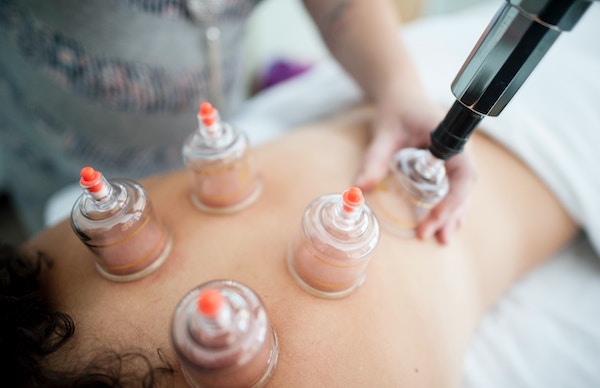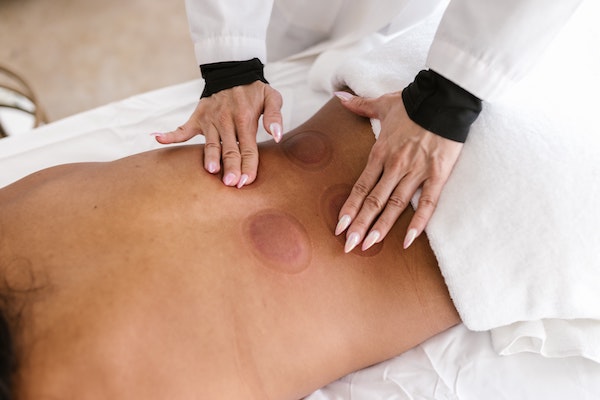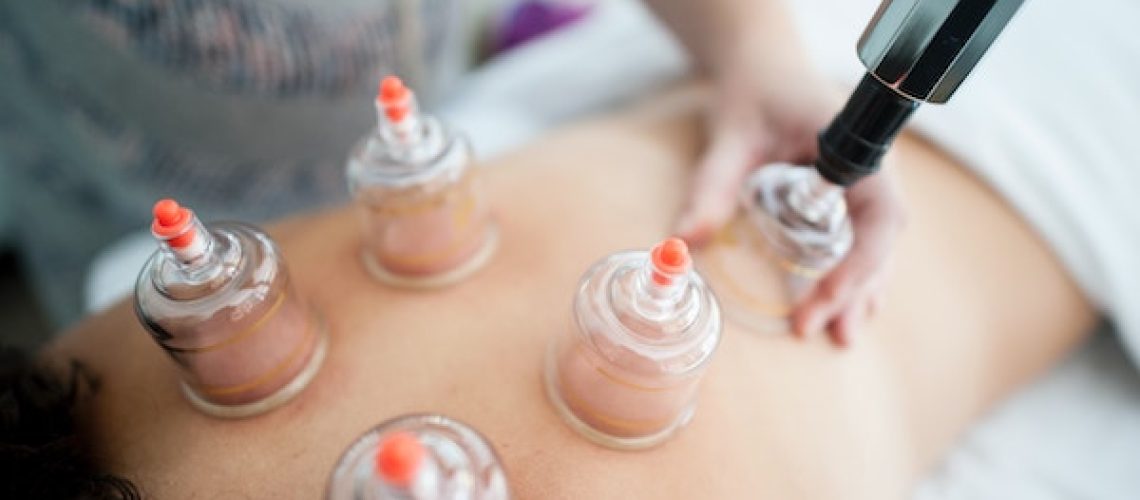Cupping therapy has been a prominent practice in Oriental medicine for centuries. This ancient healing technique has garnered attention for its potential to address various ailments and promote overall well-being. In this article, we will delve into the world of cupping therapy, exploring its origins, techniques, and benefits. Join us on this journey to discover the fascinating realm of cupping therapy in Oriental medicine.

The Origins of Cupping Therapy
Cupping therapy has its roots in ancient Oriental medicine, with a history dating back thousands of years. It is believed to have originated in ancient China and later spread to other parts of the world, including the Middle East and Europe. Traditionally, cupping therapy involved placing heated glass cups on the skin to create a vacuum effect, drawing the skin and underlying tissues into the cup. This technique was used to promote blood circulation, relieve pain, and balance the body’s energy.
1. Dry Cupping
Dry cupping is the most common form of cupping therapy. It involves creating a vacuum inside the cup using various methods, such as heating the cup with a flame or using a suction pump. Once the vacuum is created, the cup is placed on the skin, usually on specific acupoints or areas of tension. The suction effect pulls the skin and underlying tissues upward into the cup, creating a therapeutic effect.

2. Wet Cupping
Wet cupping, also known as hijama, is a more invasive form of cupping therapy. After the cups are applied to the skin and left in place for a few minutes, small incisions are made on the skin’s surface. The cups are then reapplied to draw out a small amount of blood. This technique is believed to remove toxins from the body and promote healing.
3. Fire Cupping
Fire cupping is a traditional method that involves heating the cups using an open flame before placing them on the skin. As the air inside the cup cools, it creates a vacuum, pulling the skin upward. The heat from the flame also helps to stimulate blood flow and relax the muscles.
The Benefits of Cupping Therapy
Cupping therapy offers a range of potential benefits for both physical and mental well-being. Here are some of the key benefits associated with this ancient practice:
1. Pain Relief
Cupping therapy is often used to alleviate muscle and joint pain. The suction effect created by the cups helps to increase blood flow to the affected area, reducing inflammation and promoting healing. This can be particularly beneficial for individuals suffering from conditions such as back pain, arthritis, and sports injuries.
2. Improved Blood Circulation
By drawing the skin and underlying tissues into the cups, cupping therapy stimulates blood circulation in the treated area. Improved blood flow can enhance oxygen and nutrient delivery to the cells, supporting the body’s natural healing processes.
3. Relaxation and Stress Reduction
Cupping therapy has a deeply relaxing effect on the body. The suction and pulling sensations created by the cups help to relieve tension in the muscles and promote a sense of relaxation. This can be especially beneficial for individuals experiencing high levels of stress or anxiety.
[Product id = “2343”]
4. Detoxification
Wet cupping, with its bloodletting component, is believed to help remove toxins from the body. By drawing out a small amount of blood, this technique is thought to eliminate stagnant blood and promote the body’s natural detoxification processes.
5. Enhanced Energy Flow
In Oriental medicine, cupping therapy is often used to restore the body’s energy balance. By targeting specific acupoints, cupping therapy aims to improve the flow of Qi (pronounced “chee”), the vital energy that flows through the body’s meridians. Balancing the body’s energy is believed to support overall health
[Product ID =”2341″]
1. Is cupping therapy painful?
Cupping therapy is generally not painful. However, some individuals may experience mild discomfort during the treatment, particularly if the cups are applied to areas with existing muscle tension.
2. How long do the marks from cupping therapy last?

The marks or discoloration left by cupping therapy typically fade within a few days to a week. The duration may vary depending on an individual’s skin sensitivity and the intensity of the treatment.
3. How many cupping therapy sessions are needed to see results?
The number of cupping therapy sessions required may vary depending on the individual and the specific condition being treated. Some individuals may experience immediate relief, while others may require multiple sessions to achieve the desired results.
4. Can cupping therapy be combined with other treatments?
Cupping therapy can be combined with other complementary therapies, such as Ball Acupressure or massage, to enhance the overall therapeutic effect. However, it is essential to consult with a qualified practitioner to determine the best treatment approach for your specific needs.
5. Are there any side effects of cupping therapy?
Cupping therapy is generally safe when performed by a trained professional. However, individuals may experience temporary side effects such as bruising, skin irritation, or dizziness. These side effects are usually mild and resolve on their own.
Conclusion
Cupping therapy has stood the test of time as a revered practice in Oriental medicine. With its potential to alleviate pain, improve blood circulation, and promote relaxation, cupping therapy offers a holistic approach to well-being. By seeking professional guidance and considering individual needs and circumstances, individuals can embrace the benefits of this ancient healing technique. Explore the world of cupping therapy and unlock its potential for enhancing your physical and mental health.

